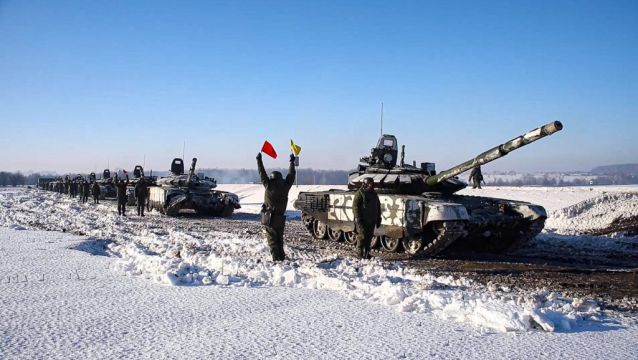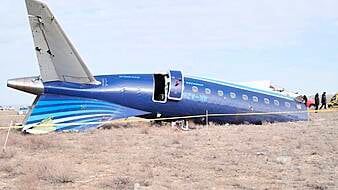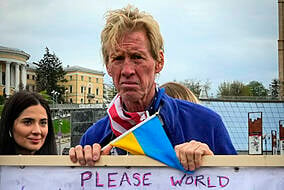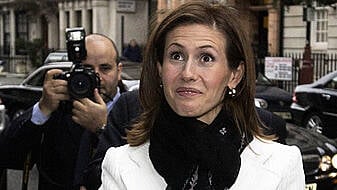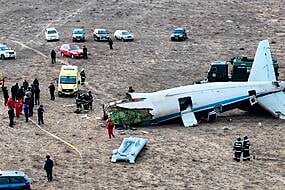Russia has said it is returning more troops and weapons to bases in another gesture apparently aimed at easing fears it is planning to invade Ukraine.
Moscow has massed about 150,000 troops east, north and south of Ukraine, sparking western concerns it was planning an assault.
There have been no indications of a significant withdrawal of those forces, but this week has seen a handful of gestures from Moscow that offered hope that Europe might avoid war following weeks of escalating tensions.

On Wednesday, the Russian Defence Ministry released a video showing a trainload of armoured vehicles moving across a bridge away from Crimea, the Black Sea peninsula that Russia annexed from Ukraine in 2014.
It said the movement was part of a return of forces to their permanent bases.
A day earlier, the ministry reported the start of a pullback of troops following military exercises near Ukraine, and President Vladimir Putin signalled he wanted a diplomatic path out of the crisis, emphasising that he did not want war and would rely on negotiations to achieve his key goal of keeping Ukraine from joining Nato.
The US and its allies continued to express scepticism about Russia’s intentions, but the moves changed the tenor amid the worst East-West security crisis since the Cold War.
Mr Putin did not commit to a full withdrawal, saying Russia’s next moves in the standoff will depend on how the situation evolves.
The Russian military has not given the number of troops or weapons being withdrawn and offered few other details.
President Joe Biden noted on Tuesday that US officials had not verified Russia’s claim.
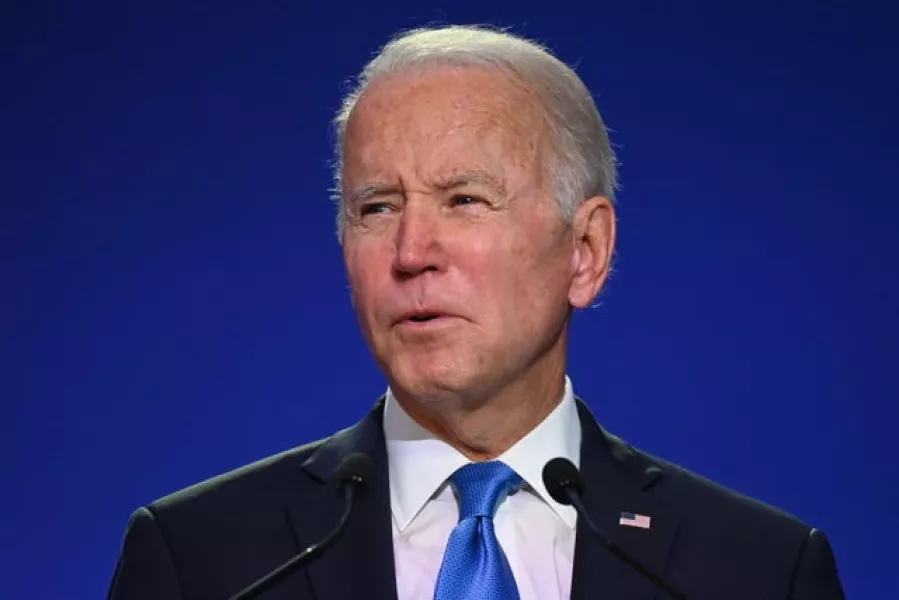
“Our analysts indicate that they remain very much in a threatening position,” he said at the White House, but he promised the US would give diplomacy “every chance”.
On Wednesday, Russian fighter jets flew training missions over Belarus, which neighbours Ukraine to the north, and paratroopers held shooting drills at firing ranges there as part of massive war games that the West feared could be used as cover for an invasion of Ukraine.
Belarusian foreign minister Vladimir Makei reaffirmed that all Russian troops will leave the country after the manoeuvres finish on Sunday.
Russia has denied having any invasion plans and has mocked western warnings about an imminent invasion as “hysteria” and “madness”.
Asked by German daily Die Welt if Russia was going to attack on Wednesday — named by western officials as a possible invasion date — Russia’s ambassador to the European Union, Vladimir Chizhov, quipped: “Wars in Europe rarely start on a Wednesday.”
“There won’t be an escalation next week either, or in the week after, or in the coming month,” he said.
Russia wants the West to keep Ukraine and other former Soviet nations out of Nato, halt weapons deployments near Russian borders and roll back forces from eastern Europe.
The US and its allies have rejected those demands, but offered to engage in talks with Russia on ways to bolster security in Europe.

Speaking after meeting German Chancellor Olaf Scholz, Mr Putin said on Tuesday that the West agreed to discuss a ban on missile deployment to Europe, restrictions on military drills and other confidence-building measures — issues that Moscow put on the table years ago.
He added that it would do so only in combination “with the main issues that are of primary importance for us”.
Mr Scholz also said diplomatic options are “far from exhausted”, and praised the announcement of a troop withdrawal as a “good signal”, adding: “We hope that more will follow.”
Nato secretary-general Jens Stoltenberg said there have been no signs so far of a reduced military presence on Ukraine’s borders.
Ukrainian leaders have repeatedly sought to project calm but also strength during the crisis.
In a show of resolve, President Volodymyr Zelensky declared Wednesday a “day of national unity”, calling on citizens to display the blue-and-yellow flag and sing the national anthem in the face of “hybrid threats”.
